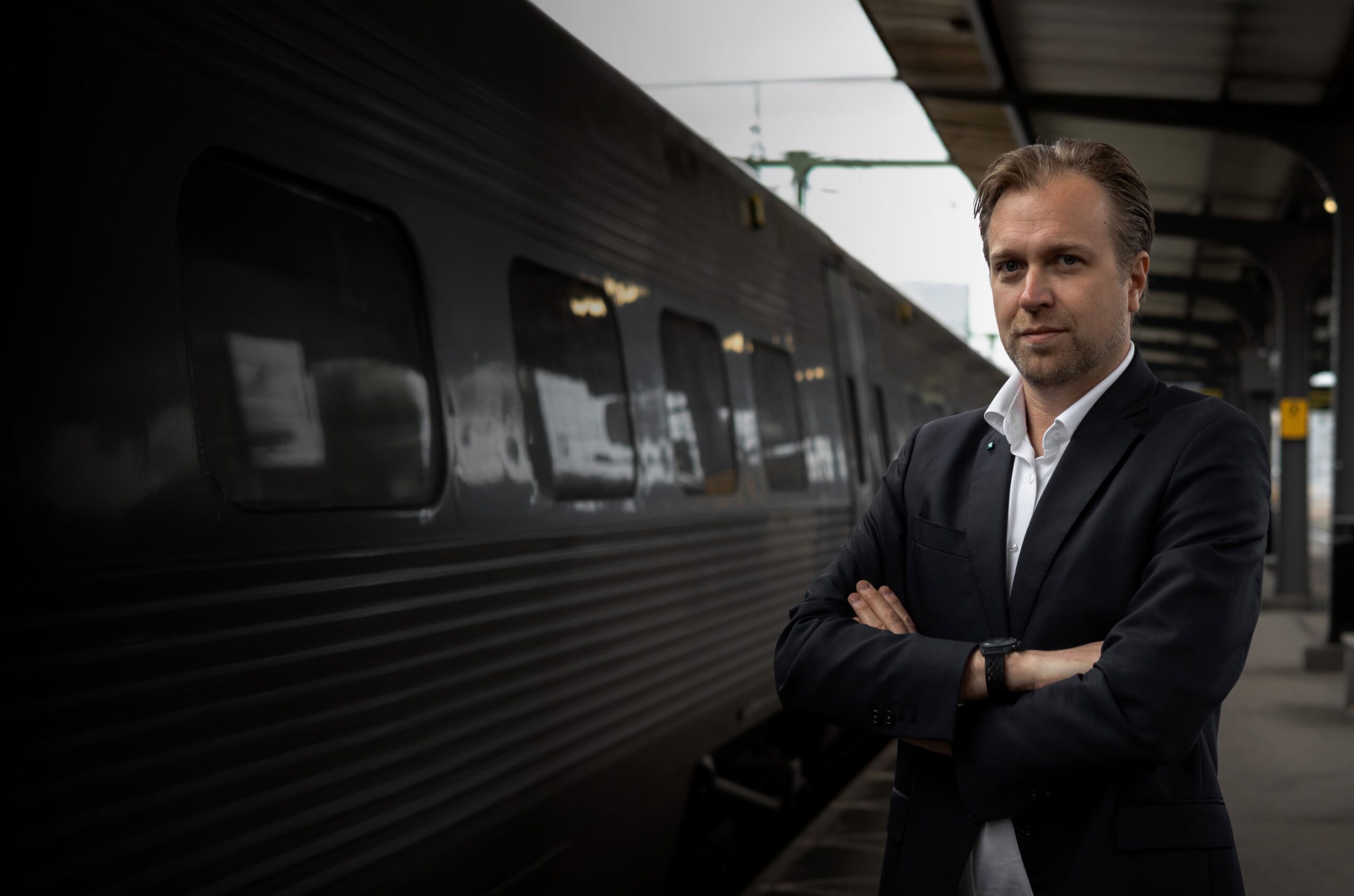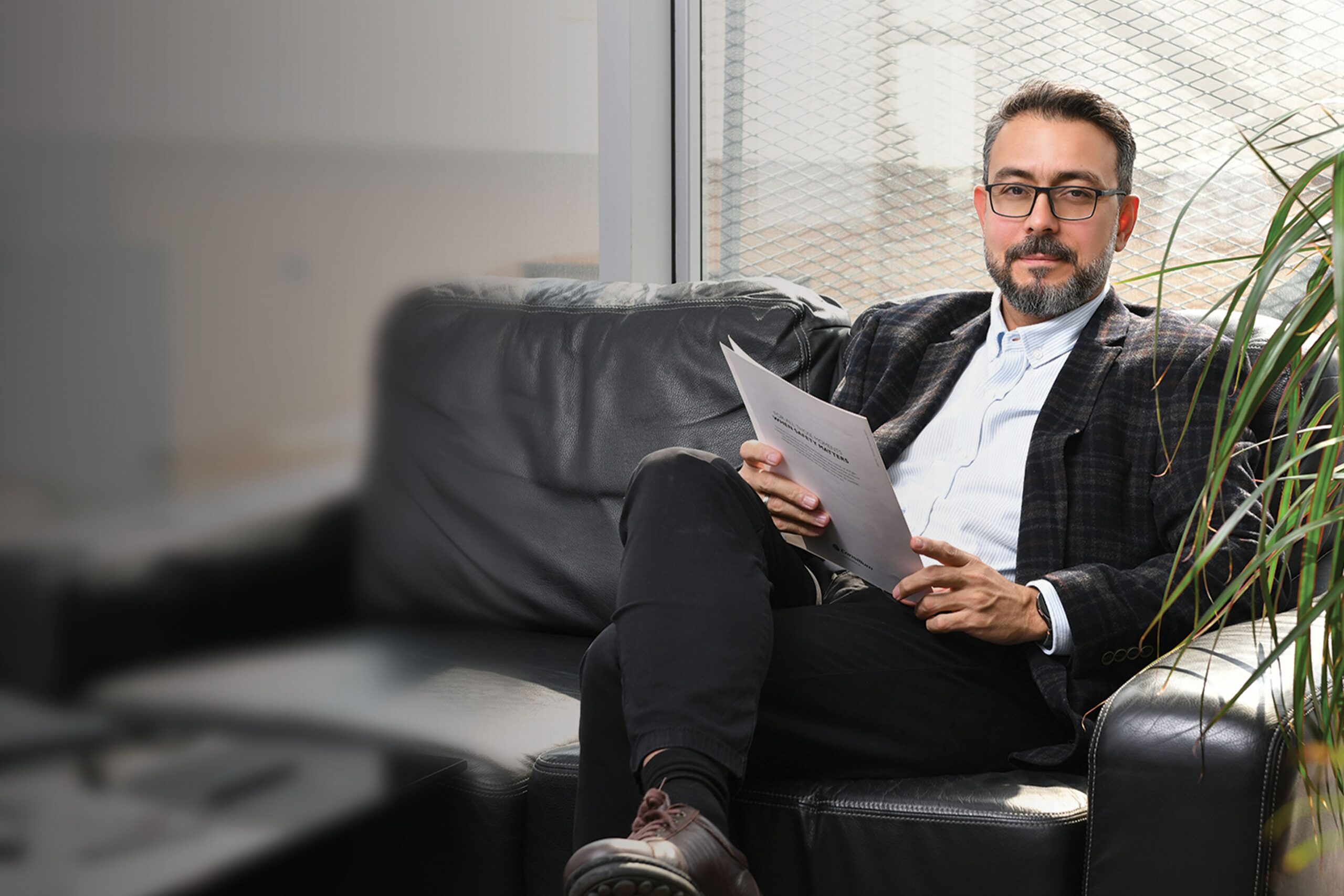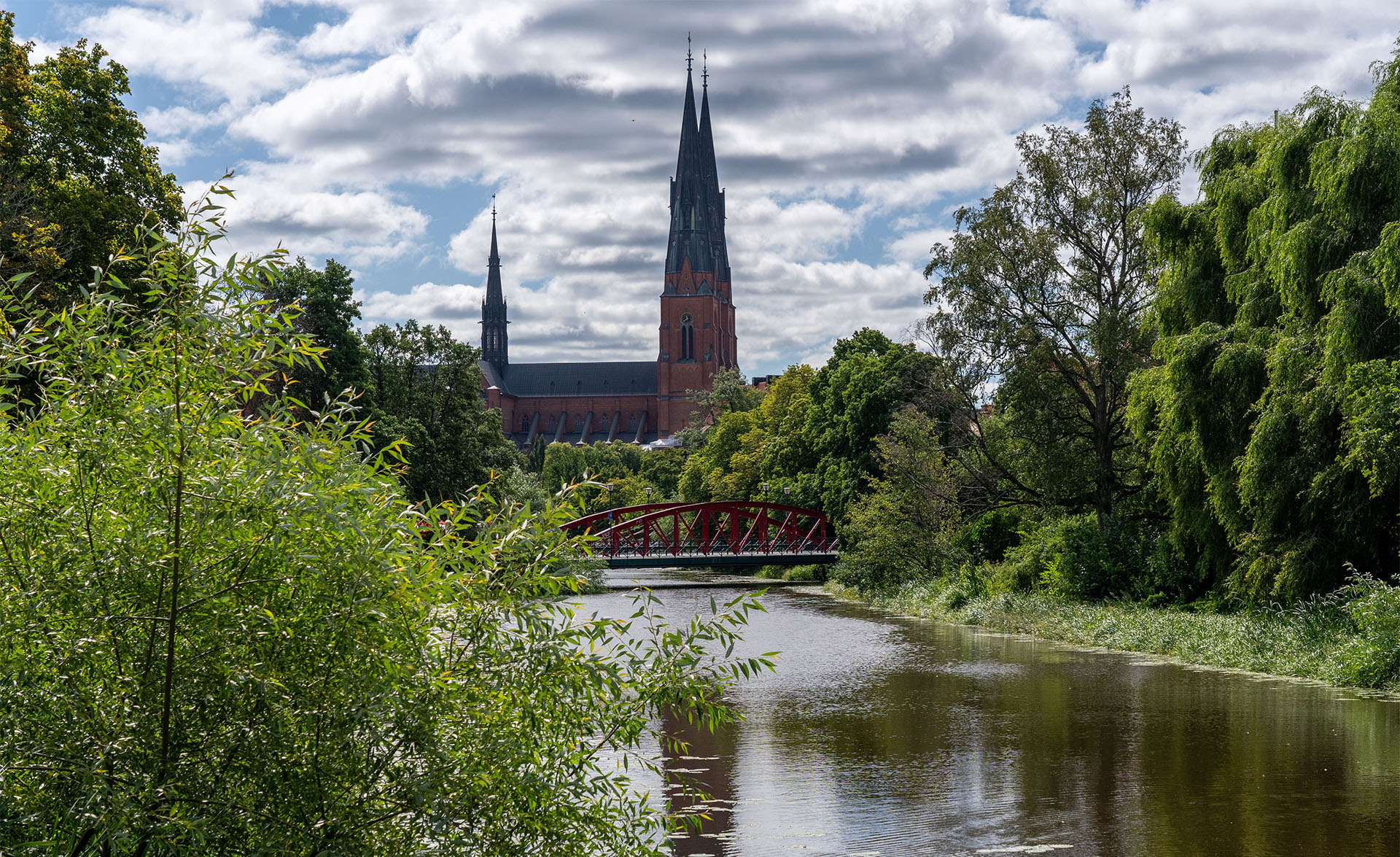The loudspeakers crackle over Gothenburg Central Station, announcing the next departure to Kungsbacka, a journey of about 28 minutes.
On the platform, I meet Henrik Gjörloff, Business Area Manager for Rolling Stock at Consilium Safety Group.
This stretch of track carries him through his childhood, commuting to school or heading north for ski trips. Wherever Henrik travelled, the train was a familiar thread, pulling towns and cities together.
“There’s a calm to train travel,” he says.
He describes the ritual precision of Japan’s railways and the more chaotic charm of southern Europe and India.
Yet, one expectation remains, whatever the culture: travellers trust complex safety systems they neither see nor question, and that must never fail.
Henrik joined Consilium in 2008 after earning his engineering degree from Chalmers University of Technology and working a few early jobs. His career path sounds ordinary until you realise it protects millions of passengers worldwide.
“Safety shouldn’t be noticed,” he says. “It should be part of the experience —invisible, but critical.”
With a kind of boyish enthusiasm, he talks about the bullet-fast trains linking cities, the tiny trams weaving through crowded streets, and the tough diesel trains hauling across isolated mining regions that battery locomotives could replace soon.
“Each comes with its safety demands,” he says.
“Battery-operated trains bring a new fire risk,” Henrik says as the train pulls out of the station. “Batteries can ignite themselves through thermal runaway. Converters that lower onboard voltage can also spark fires inside compartments.”
Henrik leans back, thoughtful. “The type of train matters,” he says. “High-speed trains need strict control. Underground trains face evacuation problems because of tunnels. Safety systems must be designed to fit each train and its route.”
“And that’s just the technical side. Every material used on a train must be fire-safe, non-toxic, and environmentally friendly.”
Human factor
He shifts forward slightly. “You can control technical regulations,” he says. “But human behaviour? That’s one of the biggest risks — and the hardest to predict.”
Across the aisle, he discreetly points to an electric scooter wedged into a corner between two bags on the floor.
“That’s the real challenge,” he says. “You can manage the train. The materials. The systems. But you can’t control what people bring onboard.”
Henrik ticks off examples: “flammable liquid, power banks, laptops”.
In some countries, cooking occurs onboard, and open flames are part of the travel experience in others.
“Today, the fire risk is passenger-driven. In the eighties, we only had to ask whether a seat could ignite. Now, the threats are much less predictable,” he states.
By design, together
He compares the work to tending a living organism.
“You have to keep an eye on today’s challenges and the ones coming tomorrow,” he says.” Passenger habits change. Technology changes. The travel environment evolves along with them”.
Working closely with operators, Henrik says, is crucial.
“We collaborate to find where smoke might start or heat could build, and plan protections before anything happens.”
Consilium Safety Group has carved out a central role in this dynamic landscape. Known for its expertise in marine and land-based fire safety, the company has steadily expanded its footprint in the rail sector.
Henrik is proud of the company’s journey, which has taken it from a minor player to a global leader in Rolling Stock over 18 years.
In a tight-knit sector like rail, reputation carries weight. “We grew because we put the customer’s best interests first,” he says. “Even if that meant recommending a competitor’s solution”.
Modular safety
Consilium’s solutions are based on a clear philosophy of modularity and scalability. Instead of overengineering, they reuse proven building blocks and adapt them.
“You build a foundation that can grow and stay flexible. If a customer needs eight inputs and eight outputs, we give them eight. Not twenty. No waste. No burden.”
This modular approach is crucial in a world where no two trains are identical. Some hide equipment in the roof to free up passenger space, and others pack it under the floor. And their speeds and power systems vary.
“We make it easy for clients to integrate what they need,” Henrik says. “We reuse what works. It’s safer, smarter, and more stable.”
Consilium sharpened its expertise further by acquiring Italian safety specialist ISE.
“ISE brings deep knowledge from working in one of the world’s toughest fire safety environments,” Henrik says. “In Italy, trains must have water-based suppression systems and meet UNI standards, some of the strictest anywhere.”
The ISE acquisition also brought 48 railway specialists into Consilium’s team. “These are people who know trains in a way you can’t teach quickly,” Henrik states.
Their strength in SIL-2-certified systems allows Consilium to meet the highest international standards while offering tailored solutions.
“We can now build both top-end and more affordable systems,” Henrik says. “Whatever fits the customer’s train.”
Smarter networks, safer rails
Looking ahead, Henrik sees technology playing an even larger role in shaping the future of train safety. He explains that artificial intelligence and IoT technologies change how safety risks are detected and managed.
“Imagine if we could integrate fire detection into the CCTV cameras already onboard,” Henrik says. “With AI, you could recognise how smoke behaves, how heat patterns move — and catch the earliest signs of a problem before a traditional sensor even reacts.”
Trains are more connected than ever, and cybersecurity has become a top priority.
“You can’t just install it and forget it,” Henrik says. “It’s like antivirus software; it needs constant updates to keep up with new threats.”
As automation grows, safety systems must detect faults and respond fast, without human help. Driverless metros and airport shuttles rely on technology to prevent accidents before they happen.
“It’s like in aviation,” Henrik says. “You need backup systems that kick in right away”.
Henrik believes new technology will make trains safer and more reliable. But to keep pace, the industry must adapt faster than it has in the past.
At the same time, greener energy brings new fire risks. Hydrogen, batteries, and hybrid systems behave differently in emergencies.
“Batteries can release gas before they catch fire,” Henrik says. “If we can catch that early, we can take actions to limit the damage.”
To tackle these risks, Consilium draws on its experience from the marine industry. Gas detectors first built for ship engine rooms are now being adapted for trains.
“It’s about cross-pollinating ideas,” he says. “If we can monitor for leaks on a container ship, we can adapt that to protect hydrogen tanks or battery compartments. The principle stays the same, even if the environment changes.”
But adapting technology isn’t simple. Systems must be lighter and smaller and meet strict railway standards. “We have to rethink, redesign, and certify everything for the realities of rail,” Henrik says.
Decades in service
Trains are built to last. A new set can run for 30 or 40 years, facing harsh weather, heavy use, and constant technology shifts. Supporting them through decades of service is a challenge.
“It’s like trying to find spare parts for a mobile phone from the 1990s,” he says, smiling.
Consilium’s work extends far beyond installation. Their systems are designed to stay serviceable for decades, with parts, upgrades, and support available as long as the train runs.
Operators today demand complete cost control across the train’s life. They want clear plans that map every expense, from brake wear to part replacements.
“Life Cycle Cost is a major driver now,” Henrik says. “You must prove your system works today and will keep working predictably, reliably, efficiently, and safely for decades.”
Balancing tradition and transformation
Even as technology pushes the industry forward, Henrik describes the railway sector as conservative.
“If something worked for thirty years, people trust it,” he says. “You don’t gamble with reliability.”
That caution means new ideas move slowly and are tested carefully. But the pace of change is speeding up. Artificial intelligence, new energy systems, and demands for greater connectivity are pushing the rail industry to a crossroads.
This tension between tradition and transformation shapes much of Consilium’s work.
“You have to respect the culture,” Henrik says. “But you also have to help it move forward.”
The train begins to slow as we approach our destination. Henrik glances out the window. “Every train you see carries layers of engineering, regulation, and hard-learned lessons,” he says.
“Our job is to ensure all that stays intact so passengers can simply enjoy their journey.”
When asked how he would inspire young engineers to consider rail safety, Henrik grins slightly.
“You protect millions of people every day,” he says. “You keep them moving, meeting, living safely. It’s invisible work, sure, but it’s what holds everything together. And when you go home at the end of the day, you know you’ve built something that makes a difference”.
Talk safety with us
There are thousands of questions regarding safety. But there are also thousands of answers. Talk safety with us – we are ready when you are.



